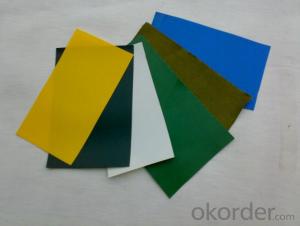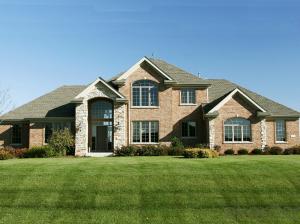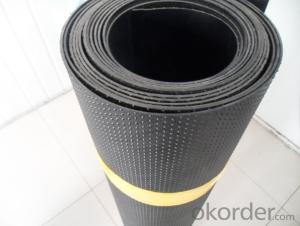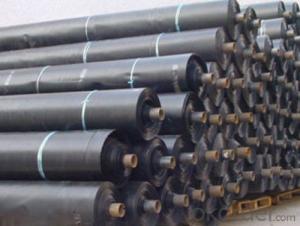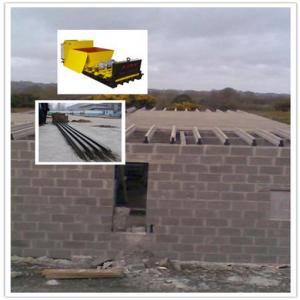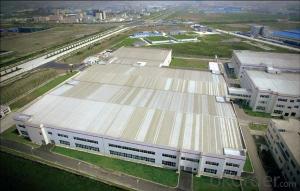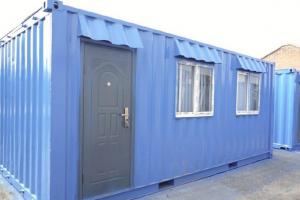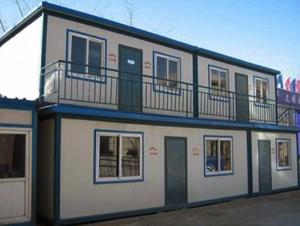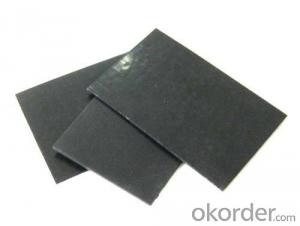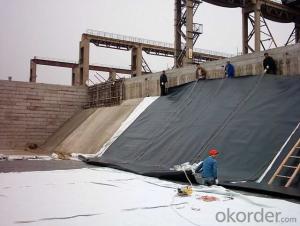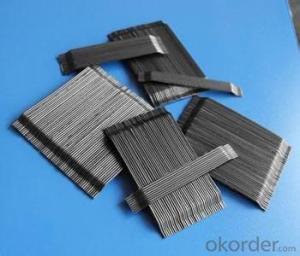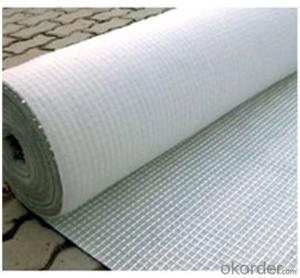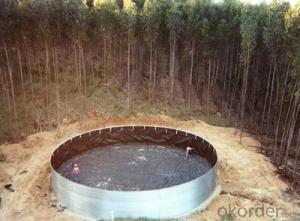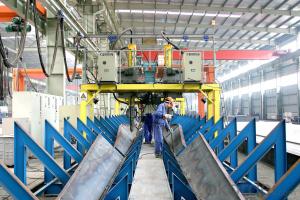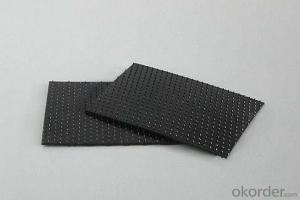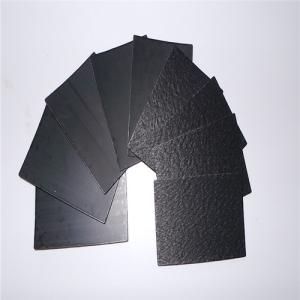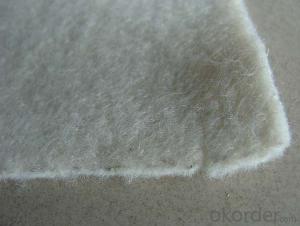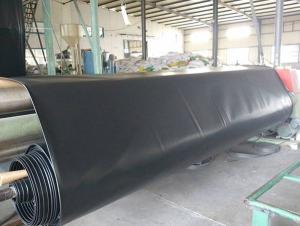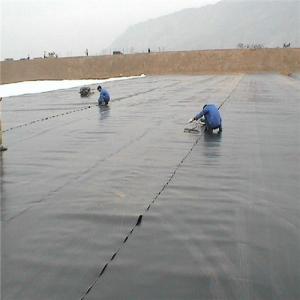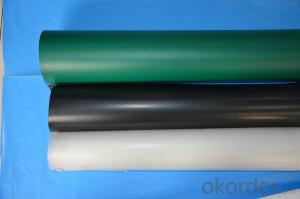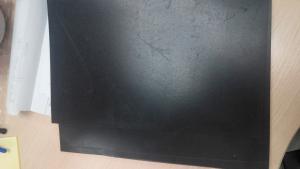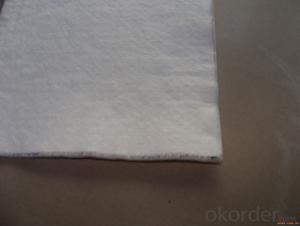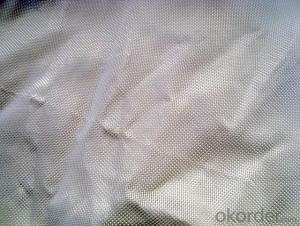Prefabricated Geomembrane
Prefabricated Geomembrane Related Searches
Blu Ray Player With Internet Geomembrane In Pakistan 30 Mil Pvc Geomembrane Pvc Geomembrane Specifications Pvc Geomembrane Geomembrane Machine Plastic Geomembrane Nonwoven Wallpaper Geomembrane Material Geomembrane FabricHot Searches
Geomembrane For Sale China Pvc Geomembrane China Geomembrane Roll Sheet Hdpe Geomembrane Sheet Price Hdpe Geomembrane China China Geomembrane Geomembrane China Hdpe Geomembrane Price Geomembrane Price Wholesale Hdpe Geomembrane Roll Geomembrane Factory Wholesale Liner Hdpe Geomembrane Wholesale Geomembrane Hdpe Wholesale Hdpe Geomembrane Geomembrane Market Size Wholesale Hdpe Geomembrana Wholesale Liner Geomembrane Geomembrane Liner Supplier Wholesale Geomembrane China Pvc GeomembranePrefabricated Geomembrane Supplier & Manufacturer from China
Okorder.com is a professional Prefabricated Geomembrane supplier & manufacturer, offers integrated one-stop services including real-time quoting and online cargo tracking. We are funded by CNBM Group, a Fortune 500 enterprise and the largest Prefabricated Geomembrane firm in China.Hot Products
FAQ
- Geomembranes, although highly effective in various applications, have some limitations when exposed to high levels of UV radiation. The primary limitation is their vulnerability to degradation and deterioration due to prolonged exposure to UV rays. Over time, the geomembrane material can become brittle, lose its mechanical strength, and develop cracks or tears. This can compromise the integrity of the geomembrane, potentially leading to leaks or failures in containment systems. To mitigate these limitations, protective measures such as additives, coatings, or shade structures can be employed to shield geomembranes from excessive UV exposure.
- nan
- Light membrane can't be bonded tightly. When it comes to interconnective bonding, composite membrane is basically ok above 0 degrees, but the bonding effect is not good. if the bond is a must, then you must, make sure whether it is light membrane or composite membrane strictly according to adhesion agent instructions.
- nan
- Pressure transmitter is to achieve the control work by the increase or decrease of pressure, when the pressure drop to a point it will start work, and when the pressure is increased to a certain point it stop working.
- Geomembranes perform well in high chemical concentration environments due to their excellent chemical resistance properties. They are designed to withstand exposure to a wide range of chemicals, including acids, bases, solvents, and other aggressive substances. The material used in geomembranes is impermeable to these chemicals, preventing any leakage or contamination of the surrounding soil or water. Additionally, geomembranes have high tensile strength and flexibility, allowing them to resist damage from chemical exposure and maintain their integrity over time. Overall, geomembranes provide effective containment and protection against high chemical concentrations in various environmental applications.
- nan
- at present, HDPE membrane is used to make closure material. HDPE film is anti piercing and anti aging. It is protective for it is of high density. the disadvantage is higher cost, easy aging in when exposed to sunlight, so it need covering by soil or geotextile.
- Yes, geomembranes are generally resistant to animal and plant attacks. They are designed to be impermeable and durable, making them highly resistant to damage caused by animals and plant roots. However, certain aggressive animals or plants with sharp teeth or strong root systems may have the potential to puncture or damage geomembranes, so it is important to consider site-specific factors and take appropriate preventive measures if necessary.
- nan
- There is a serrated knife on the plastic wrap box! Tighten it in the opposite direction. When there is a hole on the saw blade, it will be torn off easily. If you use stripped-down film roller, stroke it with a single-sided blade and it will be torn off easily. You can also loop the plastic wrap from its end into a lock and cut it off with a scissor if you don't mind the waste.
- Yes, geomembranes are suitable for use in coastal areas. They are commonly used in coastal engineering projects to provide effective barriers against erosion, prevent water infiltration, and protect coastal structures. Geomembranes offer excellent durability, resistance to saltwater, and can withstand harsh environmental conditions, making them a reliable choice for coastal applications.










